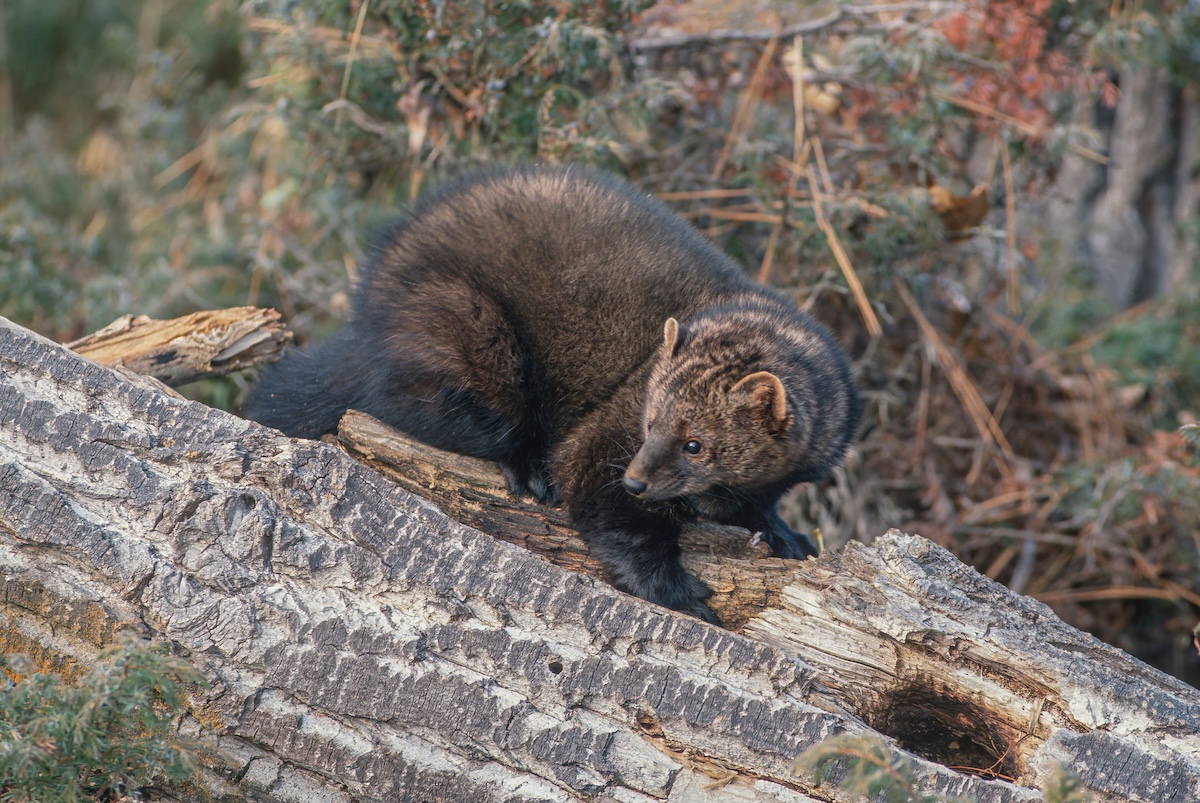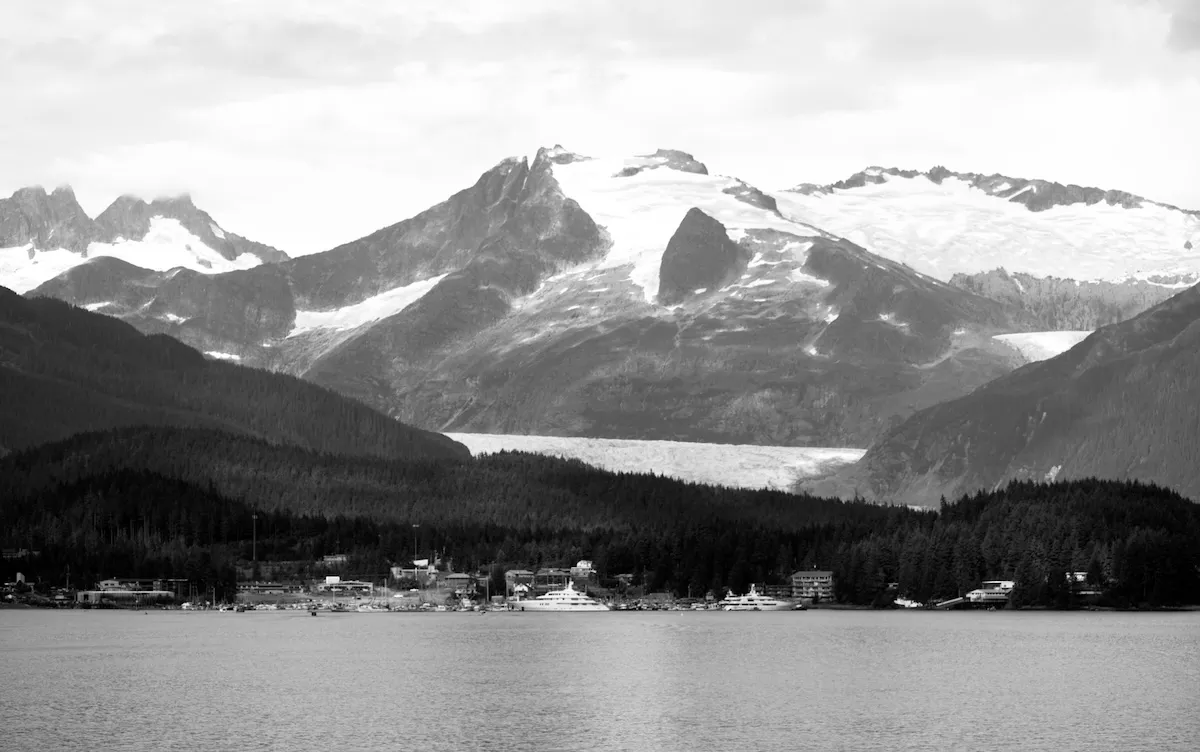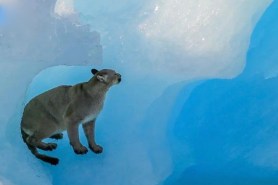

Indiana Dunes National Park is one of the newest parks in the NPS system. The park gets its name from the rolling sand hills that meet the shore along Lake Michigan in northern Indiana.
Videos by Outdoors
Before becoming a national park, the area was a popular destination for beachgoers for decades. Today, you can still enjoy the waterfront or hike more than 50 miles of trails from the beach to dunes, wetlands and prairies.
Here are a few great facts about this Midwest-based national park.
5. Millions of People Live Fairly Close to Indiana Dunes National Park

While some national parks include hours of driving through rural landscapes, Indiana Dunes is pretty close to some major metropolitan areas. In fact, more than 30 million people live within a three-hour drive of the park. It’s the closest national park to Chicago, Indianapolis, Detroit and Milwaukee.
This proximity to so many people helps make the park one of the most popular destinations in the National Park Service. Indiana Dunes is ranked 11th by visitation, and in 2022, more than 2.8 million people stopped at the park.
4. You Can Take A Train To and From the Park
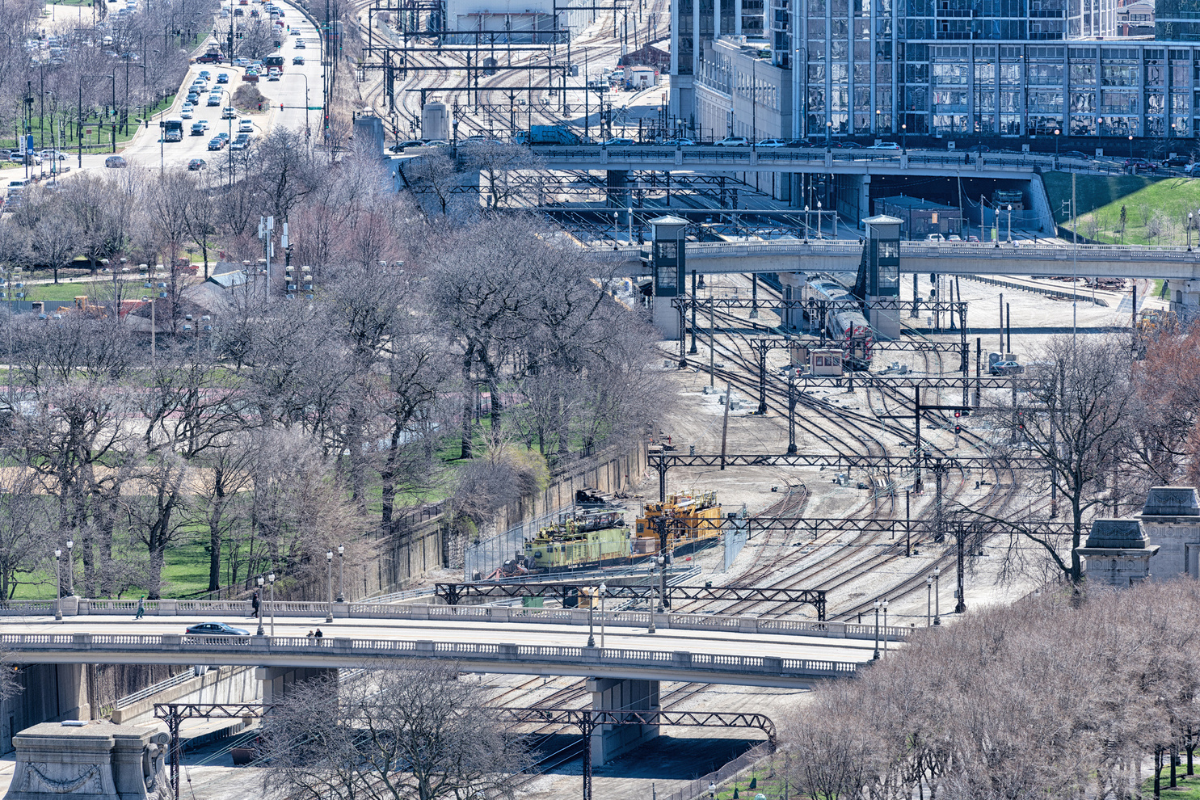
Visitors to the park can take a train to get there. The South Shore Commuter Railroad has four stops around the park. The line runs all the way from Chicago to the South Bend airport. Public transportation makes visiting this park easy, especially if you’re coming from a larger nearby city or simply flying into the area.
The stops within the park include Dune Park, located just over a mile from the park’s visitor center.
The train is also a great deal financially. You can take the train from Chicago’s Millennium Station to Indiana Dunes National Park for $9 each way.
3. It’s One of the Smallest National Parks By Size
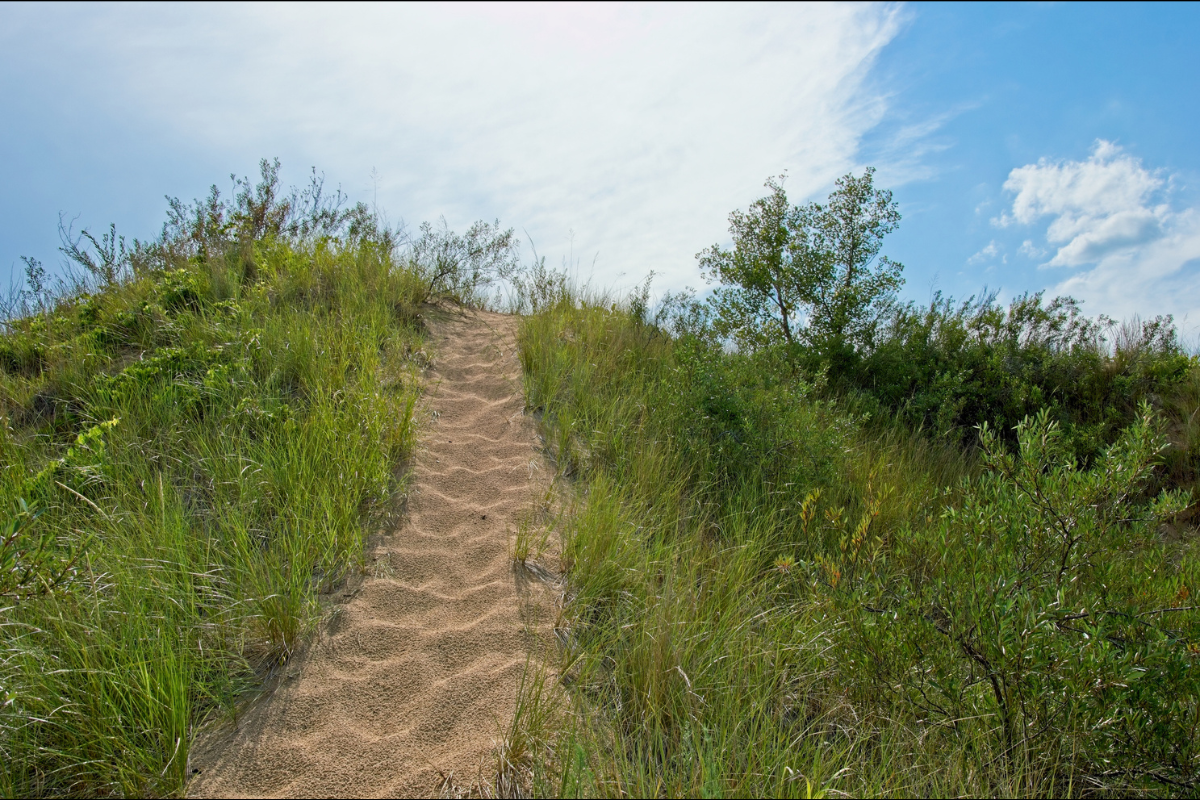
A handful of national parks are the size of some small states, but Indiana Dunes National Park is far from that. The entire park measures only 15,349 acres. That’s less than 24 square miles. The designation makes it the fifth smallest park. Only the Virgin Islands, American Samoa, Hot Springs and Gateway Arch are smaller.
However, despite the size, the park still has 15 miles of Lake Michigan shoreline and 37 miles of mixed-use bike trail for visitors to enjoy.
2. The Area Fought to Become a National Park for More than 100 Years
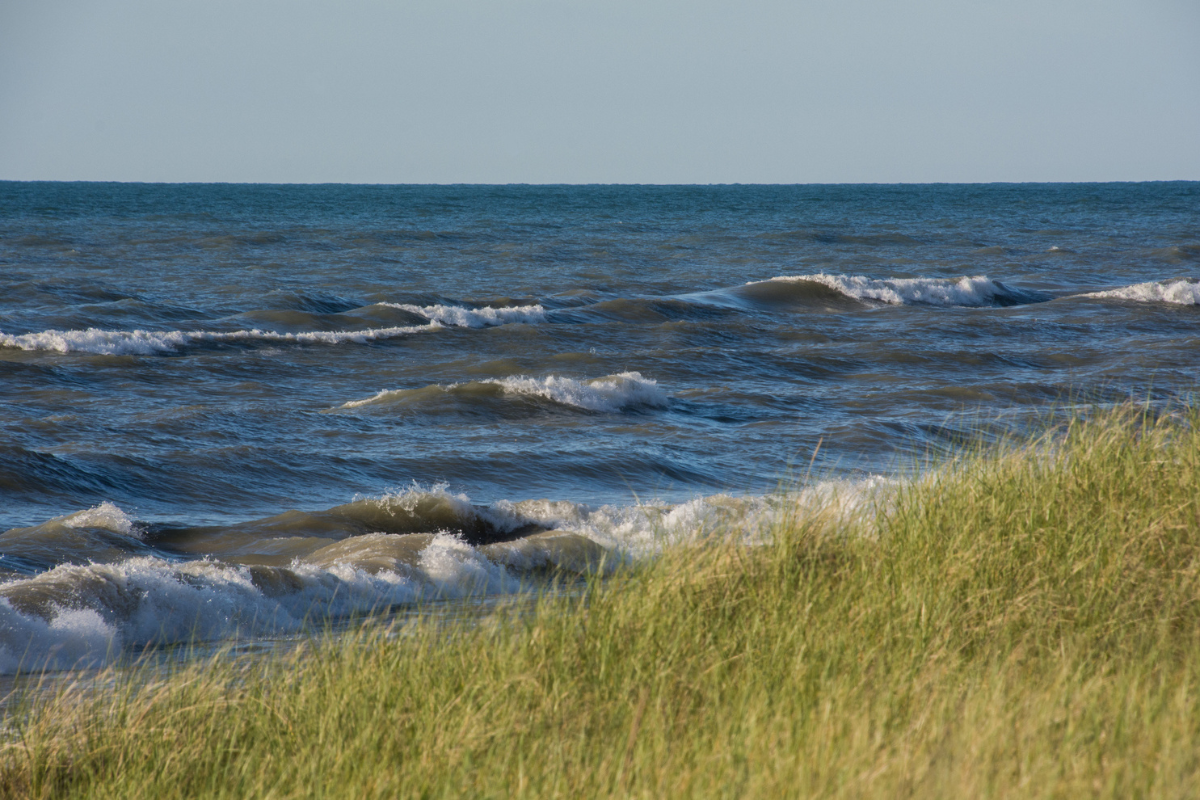
Congress first considered a “national park” designation for Indiana Dunes in 1916. However, World War I derailed those plans.
A century later, when lawmakers proposed making the area a national park, it continued to find resistance as the head of the NPS and the Trump Administration opposed the idea. Some believed the site made more sense as a national seashore.
Members of Congress continued to push for the national park status, citing the economic benefits that national parks create. The park finally received the designation in 2019.
1. It’s the Fifth Most Biodiverse Park in the Country
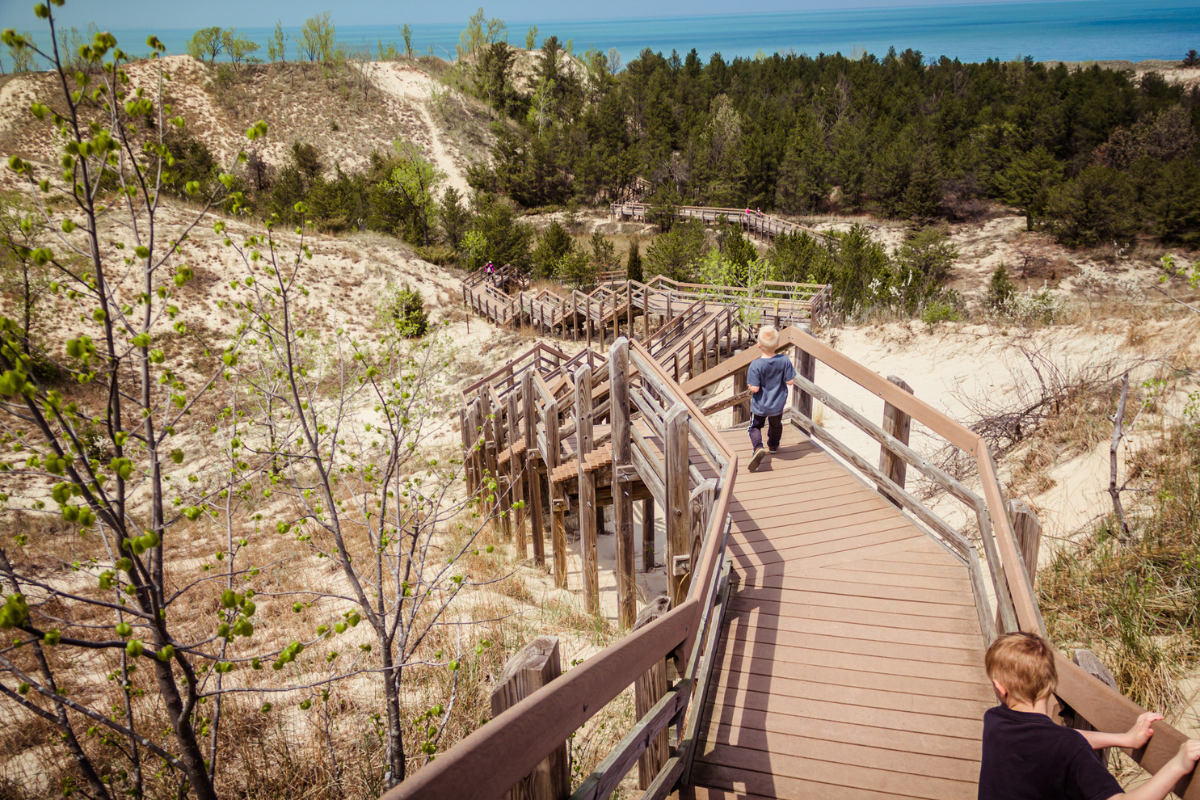
Indiana Dunes National Park is packed with biodiversity. The park is ranked fifth in the NPS system, with nearly 2,000 species of birds, reptiles, fish and mammals. The park is only right behind Yosemite for its diverse flora and fauna.
Animals in Indiana Dunes include deer, coyotes, beavers, pipers and bald eagles.
